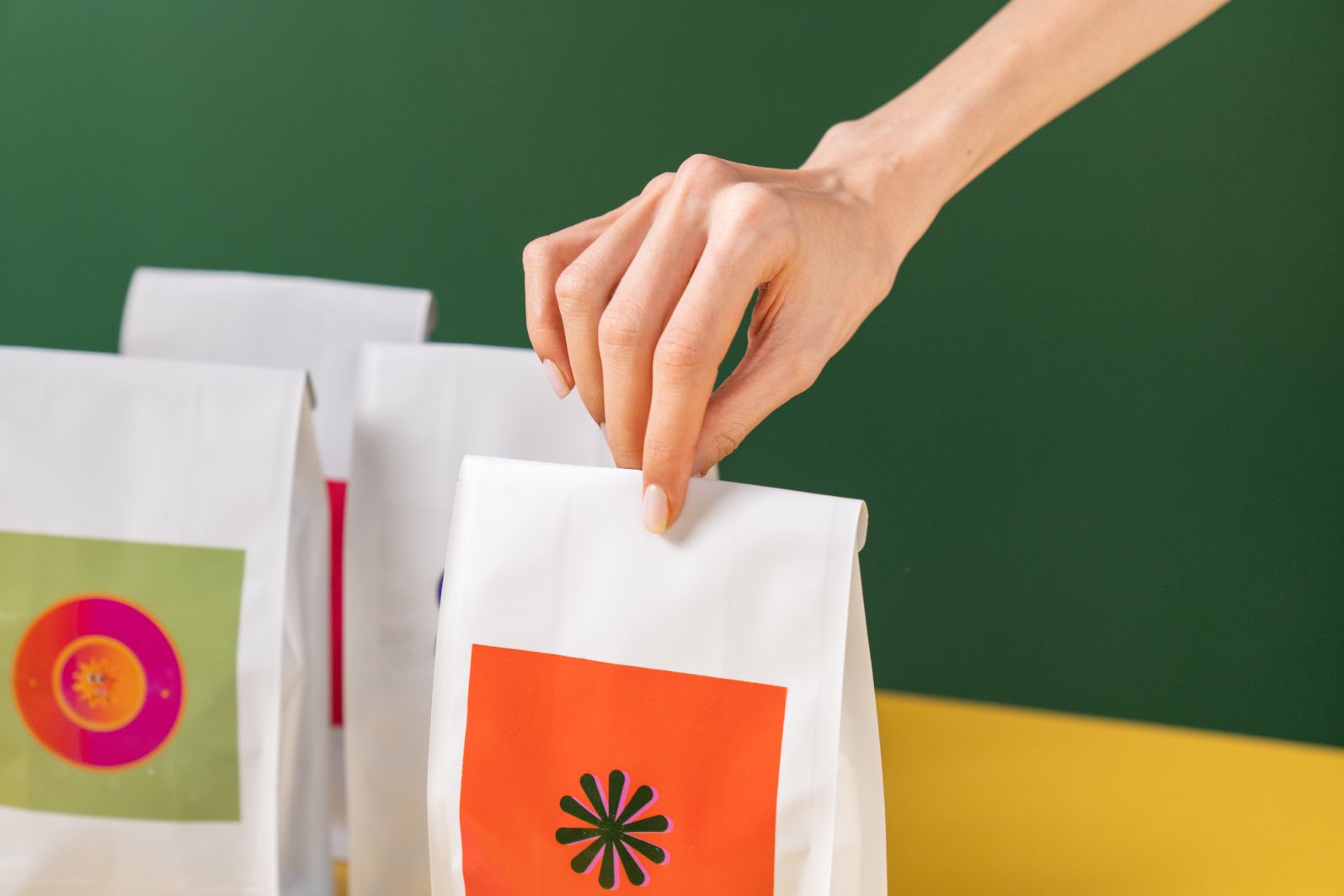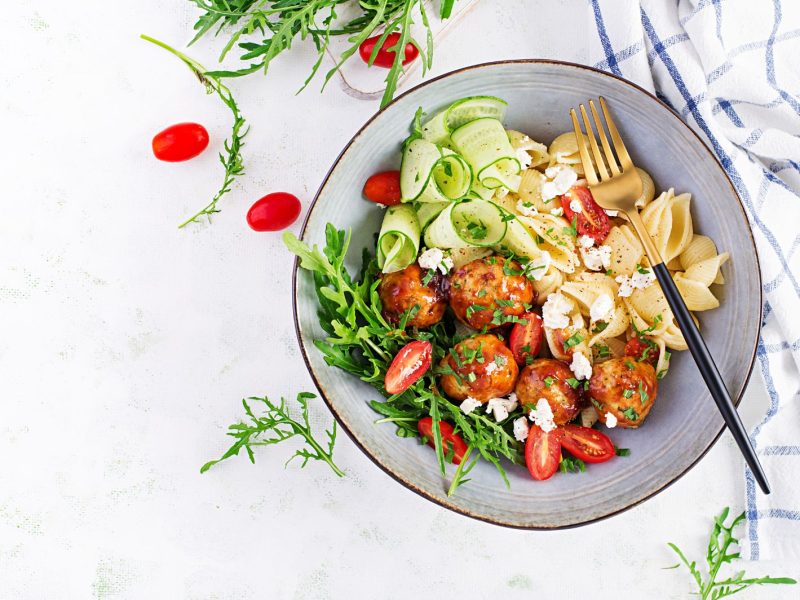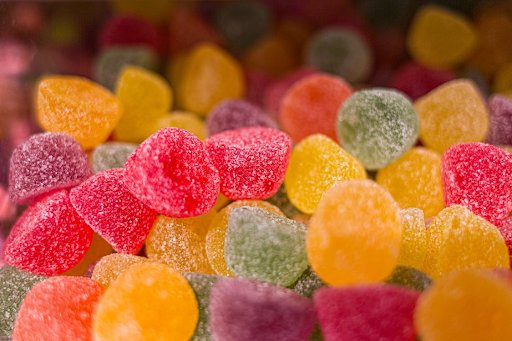Food packaging plays a vital role in ensuring food safety, extending shelf life, and providing convenience to consumers. The process of manufacturing food packaging involves various stages, each crucial in ensuring the final product meets regulatory standards and consumer expectations. Here’s an in-depth look at how food packaging is made.
Table of Contents
Material Selection
The first step in manufacturing food packaging is selecting the appropriate materials. The choice depends on the type of food, its storage requirements, and environmental considerations. Common materials include:
- Plastics: Lightweight and versatile, plastics are often used for containers, wraps, and bottles. Different types of polymers, such as polyethylene, polypropylene, and polyethylene terephthalate (PET), offer various barrier properties to protect against moisture, oxygen, and contaminants.
- Paper and Cardboard: Ideal for dry food items, these materials are recyclable and often used for cartons and boxes. They can also be treated with coatings to improve their resistance to moisture and grease.
- Glass: Used for beverages and preserved foods, glass is impermeable, non-reactive, and recyclable. It provides an excellent barrier against external contaminants and maintains product integrity.
- Metal: Commonly used for cans, metals like aluminum and steel offer durability and protection from contamination. They are especially effective for packaging products that require long-term storage.
Material Processing
Once the materials are selected, they undergo processing to prepare them for shaping and molding. For example:
- Plastic resins are melted and formed into sheets or films. Advanced techniques ensure uniform thickness and improved barrier properties.
- Paper is pulped, pressed, and dried to form sturdy sheets. Depending on the intended use, it may be coated with wax or polymers to enhance strength and water resistance.
- Glass is melted and formed into pre-shaped molds before being cooled and hardened.
- Metals are rolled into thin sheets and treated for corrosion resistance, ensuring they are safe for food contact.
Forming and Shaping
The processed materials are then shaped into the desired packaging forms. Common manufacturing techniques include:
- Injection Molding: Used to create containers, caps, and lids by injecting molten material into precision molds.
- Blow Molding: Ideal for bottles and hollow containers, this process involves inflating heated plastic into a mold to achieve the desired shape.
- Thermoforming: Sheets of plastic are heated and shaped over molds to form trays, cups, and lids. Excess material is trimmed and often recycled back into the production process.
- Die Cutting: Used for paper and cardboard, this method cuts materials into specific shapes and sizes, such as boxes, sleeves, and labels.
Printing and Labeling
To enhance brand recognition and provide essential information, the packaging is printed with designs, logos, and nutritional details. Techniques like flexography, digital printing, and offset printing ensure high-quality results. Additionally, labels may be directly printed onto the packaging or applied separately, depending on the design and material.
Innovative printing techniques also allow for the incorporation of QR codes and smart labels, providing consumers with interactive experiences and product traceability information.
Quality Control and Testing
Ensuring the packaging meets safety and durability standards is critical. Packaging undergoes various tests, including:
- Strength Testing: Ensures the packaging can withstand transportation and handling without breaking.
- Barrier Testing: Evaluates how well the packaging prevents moisture, oxygen, and contaminants from affecting the food.
- Temperature Resistance: Assesses how the packaging performs under various storage conditions, including refrigeration and heating.
- Chemical Compatibility: Ensures the materials used do not react with the food content, maintaining safety and quality.
Sustainability Considerations
Modern food packaging manufacturers are increasingly focusing on sustainability. This includes using recyclable materials, reducing waste in production, and designing packaging that minimizes environmental impact. Incorporating biodegradable materials and reducing plastic usage are key strategies. Partnering with a specialized polymer company can provide innovative solutions for sustainable and high-performance packaging materials, helping to meet both consumer demand and regulatory requirements.
Advanced research in polymer science is paving the way for eco-friendly alternatives, ensuring that packaging remains functional while contributing to a circular economy.
Distribution and Supply
After quality assurance, the finished packaging is carefully packed and distributed to food producers, where it is filled and sealed with food products. Ensuring proper storage and transportation conditions is essential to maintaining the integrity of the packaging until it reaches the consumer.



